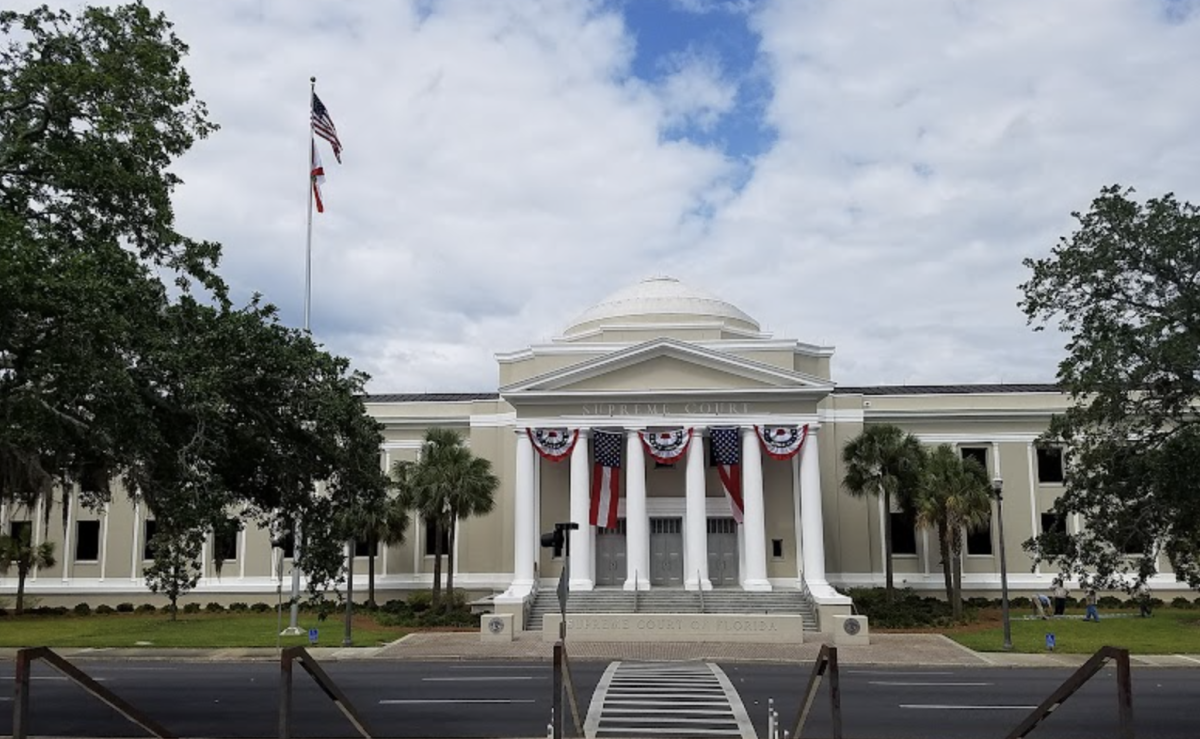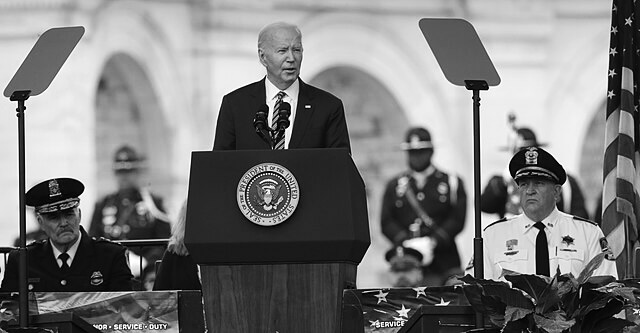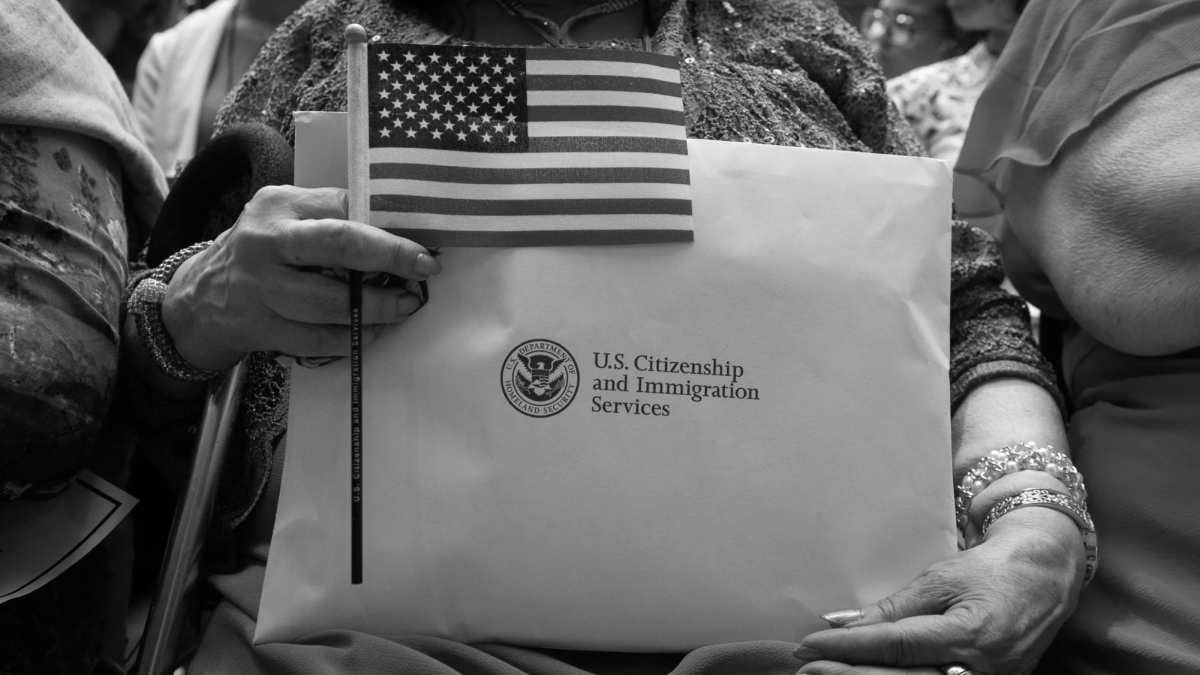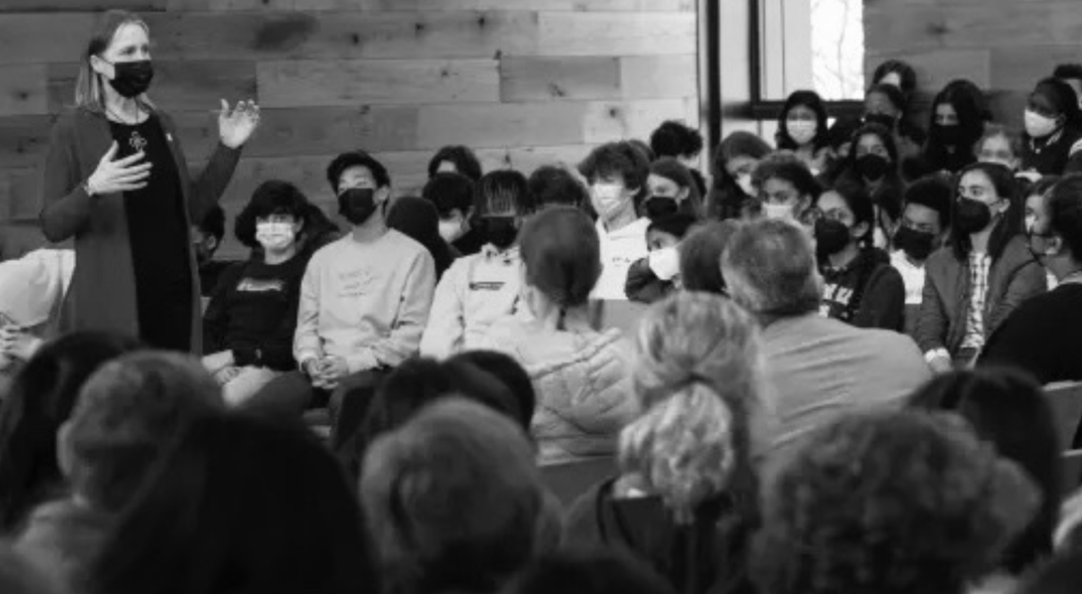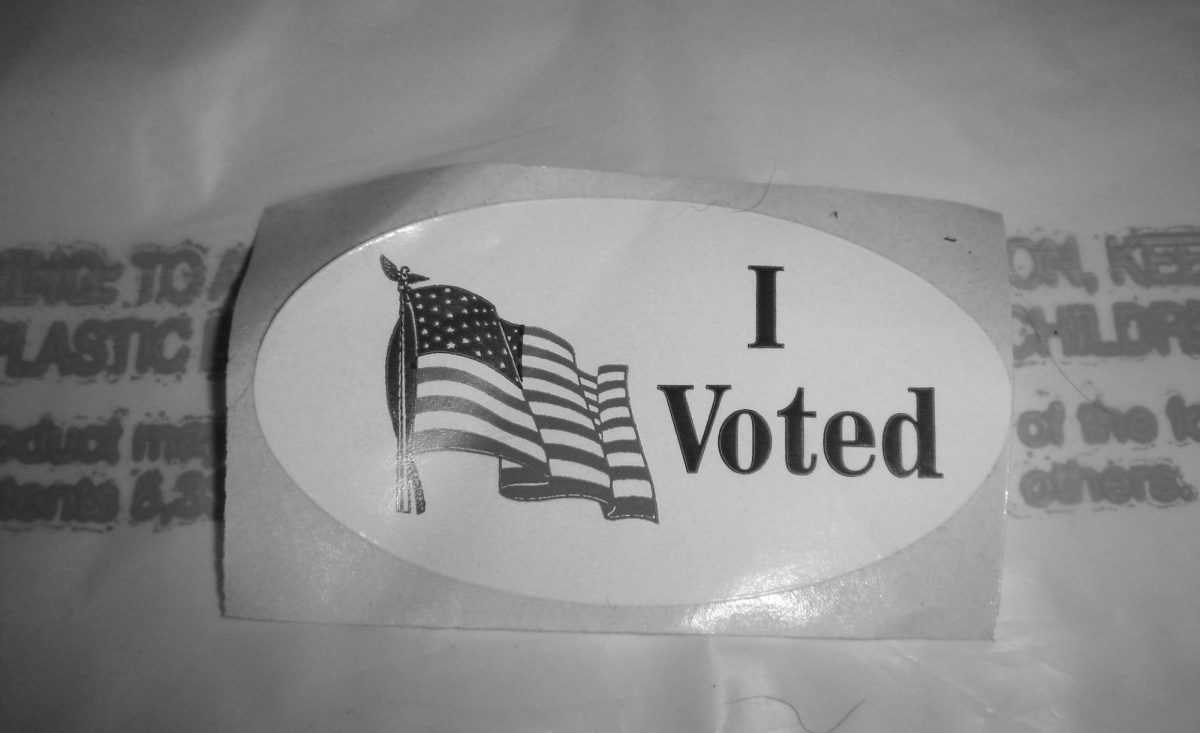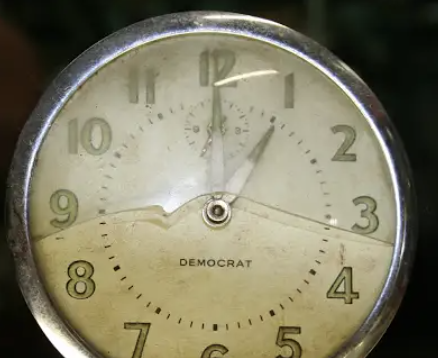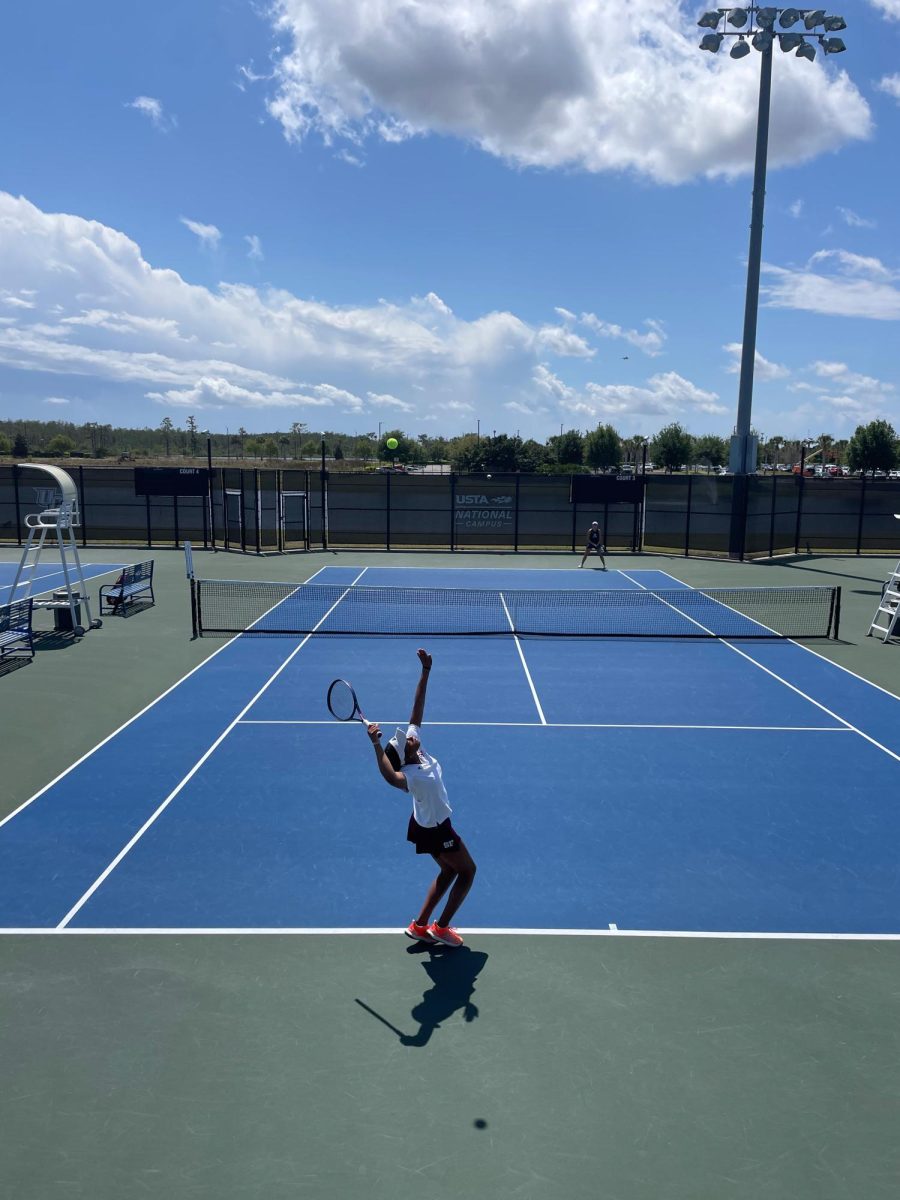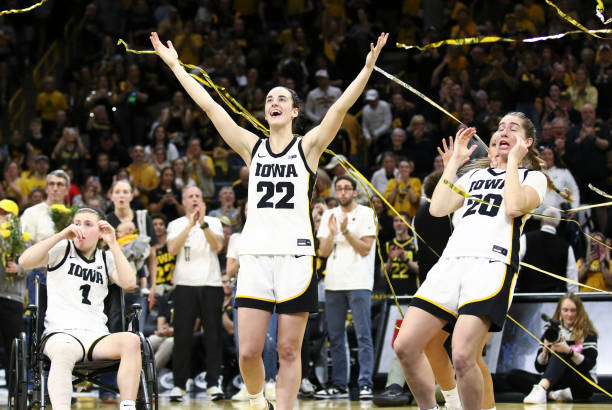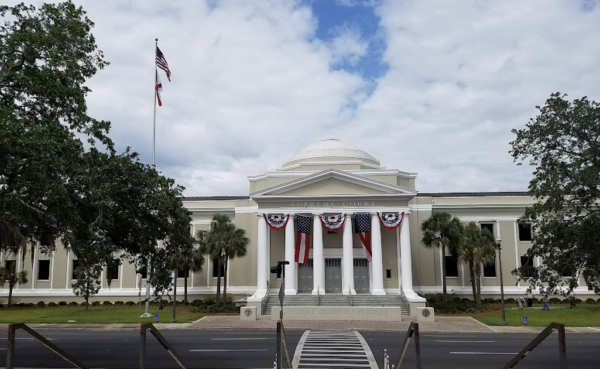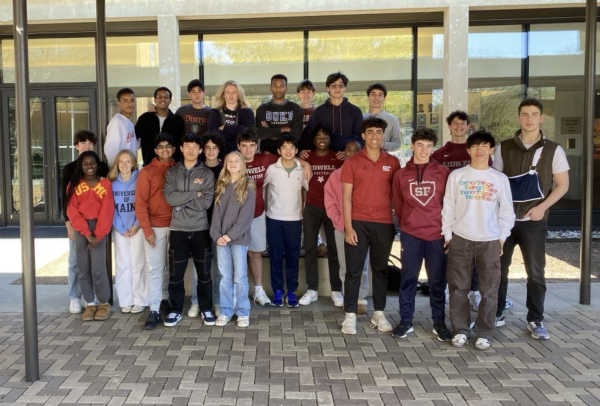Washington Schools Work To Raise Student Reading Levels
After over two years of online learning, education professionals are noticing the impact of Zoom classes on young students. The DC Office of the State Superintendent of Education released test scores from standardized tests taken in the spring of this year, the first to be administered since the pandemic. The scores showed declines in math and reading proficiency, with some grades showing more than a 20% drop in average scores.
“We saw declines across all eight wards, and we saw more declines in the elementary school grades than we did in the higher grades,” said State Superintendent of Education Christina Grant.
Washington’s standardized Partnership for Assessment of Readiness for College and Careers test, also known as PARCC, saw a pass rate of just 36% on the reading exam. Additionally, data on DCPS’ website from the 2021-2022 school year displayed that 75% of enrolled students were “economically disadvantaged” in some way, and 45% were at risk. These combined factors and lack of public school funding in certain wards contribute to some of the lowest reading proficiency levels in America.
Students from wards with primarily African American residents and students of color showed the most significant decline in learning, a testament to the education disparities across the public school system.
For example, Randle Highlands Elementary, located in the overwhelmingly Black Ward 7, had one computer for every 13 students in 2018. Meanwhile, Garrison Elementary in Ward 2, a mostly white district, had more computers than teachers and students combined. In 2018, test scores also showed that just 23% of Black and 32% of Hispanic students passed their standardized tests, compared to 83% of white students.
A study by McKinsey & Company showed that students fell behind an average of five to seven months in learning and brain development during the 2021-2022 school year. They conclude that students today will earn $49,000–$61,000 less over their lifetime as a result of just two years of online school, a collective $150 billion lost annually.
To combat this decline in learning, DCPS launched a new program to improve literacy rates among younger students, following years of a teacher- and parent-led push for an updated, modern curriculum.
Part of the program, named “DCPS Readers Next Door,” includes 150 new books specifically designed for Washington elementary schoolers struggling with reading. The books were written and illustrated by various DCPS educators with Washington kids in mind and feature 10 diverse characters living in the District. The books were further designed to cover bullying and racism.
“This project really supports one of our top priorities here at our school, which we call building COLOR,” said Derek Gorham, principal of C. W. Harris Elementary School. “COLOR stands for building a Culture Of Love Of Reading and these books directly support that,” he added.
These books, called “decodable texts,” focus more on “whole language,” a strategy where kids are exposed to words, new vocabulary and phonic strategy. Decodable texts contrast with “leveled texts,” where books are organized by level of difficulty.
“What data has revealed, what research and science have revealed, is that teaching students word-recognition skills using leveled text is ineffective,” Washington’s Director of Early Literacy Strategy Shareen Cruz said.
“It’s not developing students’ automaticity and fluency with recognizing and decoding words, which is really a huge hindrance in the ultimate goal of reading, which is reading comprehension,” Cruz continued.
Despite the program’s changes, Washington public schools still face challenges that will affect the learning environment this year.
Similar to many cities nationwide, the District is facing a teacher shortage of 150 teachers, according to D.C. Public Schools Chancellor Lewis Ferebee.
Additionally, about 40 migrant students from Texas and Arizona are expected to be enrolled during the 2022-2023 school year. The migrants were bussed from these two states on the orders of their governors as a way to criticize the Biden administration’s immigration policies.
Of the 49,000 students enrolled in DCPS, about 15% of them are English language learners, according to The Washington Post.
Educators hope these programs will support young learners, as many elementary school-aged children have had a majority of their school experiences during the pandemic.
“We are ready to work together to make every day count and to set our young people up for success in school, at home, in the community and in life,” said Washington Mayor Muriel Bowser while welcoming students at Goding Elementary School.
Your donation will support the student journalists of Sidwell Friends School. Your contribution will allow us to purchase equipment and cover our annual website hosting costs.

Dylan Verma is currently a News Editor for Horizon. Prior to this, he worked as a Staff Writer for the newspaper.






